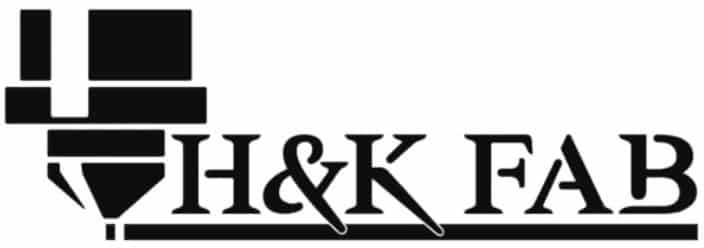File Upload Guidelines
Laser Cutting Guidelines
For best results with requesting a quote, we ask that you follow our guidelines below when creating your DXF file. Providing us with files that follow these best practices allows us to fulfill your custom cut parts order faster and prevents inaccuracies in the final product.
Ensure the file you upload is in DXF format.
We only accept files uploaded in a DXF vector format. Unfortunately, we cannot process AI, EPS, DWG, JPEG, or PNG uploads. If you don’t have access to CAD software that allows you to create this type of file, you can always contact us for a conversion.
All shapes should be united and text should be converted into outlines or seamless paths.
If your part design includes cut outs, it’s important that those cut outs are specified in the file that you upload. All shapes need to be continuous, whether they are bridged together like a stencil or cut out entirely. Shapes should be stacked in a way that reflects the final part.
Limit each part to one layer.
Our advanced software is designed to nest parts in the most efficient way possible to save material. So, it’s not necessary for you to nest parts in the file yourself before uploading. In fact, doing so could lead to a more expensive and inaccurate quote. Limit each part to its own layer. You can even upload individual DXF files for each separate part.
Exclude any unnecessary information, shapes, and lines.
Stray points, duplicate lines, empty objects, open entities, text areas, and unnecessary information should be removed from your file prior to upload. If your order requires any special instructions, you can add this information in our instant quote tool after uploading your file.
Avoid intersecting lines.
Overlapping lines lead to unsightly and sometimes unusable parts. They also affect our machine’s ability to cut your part. Before uploading your DXF file, please review your design and correct any areas where lines overlap or continue past the point where they should end.
